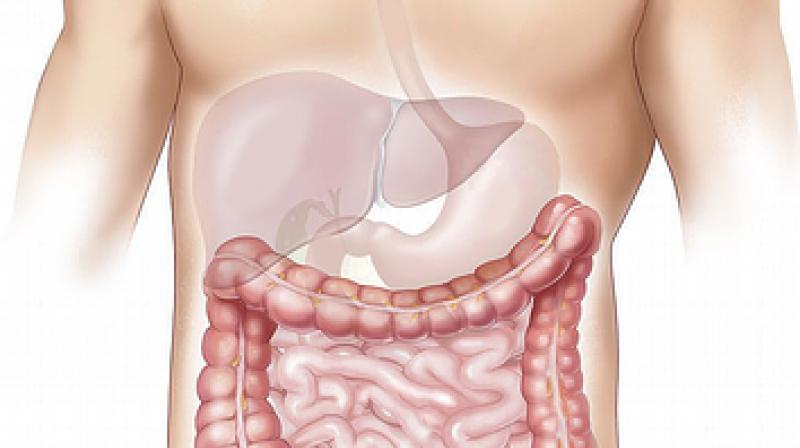Hepatitis –A to E of hepatitis that you should be aware of
People are generally less aware about hepatitis and the damage it can do to one’s body.

Hepatitis is an inflammation of the liver and is commonly caused by a viral infection but there are other possible factors too that could lead to it. It is either caused by heavy alcohol use, autoimmunity, toxins, drugs, or it may be involved as a part of diseases affecting another system such as bacterial and viral infections. Dr Devendra Desai, Consultant, Gastroenterology, P.D. Hinduja Hospital & MRC highlights shares the A to E of hepatitis virus.
There are 5 different types of viral hepatitis, they are: Hepatitis A, B, C, D and E. All these types of hepatitis are caused by a different virus. By Hepatitis A and E are caused by contaminated water sources and B and C are caused by contaminated syringes, blood etc. Hepatitis B and Hepatitis C can become chronic, life-long infections and lead to serious health problems. Hepatitis D is rare and occurs only in conjunction with hepatitis B infection. Hepatitis E mainly happens in areas with poor sanitation and typically results from ingesting faecal matter that contaminates the water supply.
Timely detection of hepatitis is of very importance to start the corrective measures.
Blood tests – detect the function of the liver and there are blood tests to detect the presence and amount of viruses in the body. Liver function tests – this test will determine the efficiency of your liver and let you know of any first signs of indication. High liver enzyme levels may indicate that your liver is stressed, damaged, or not functioning properly. There are specific blood tests to detect specific diseases.
Ultrasound – an abdominal ultrasound can reveal if the appearance of the liver is normal or abnormal, presence of any fluids in your abdomen and if there’s any liver enlargement, tumours in the liver, any abnormalities in the gallbladder and if the blood vessels are normal or abnormal
Precautions to Hepatitis would mean simply living hygienically i.e. always wash your hands thoroughly, avoid unclean food and water. Anything that exposes you to virus infection should be avoided. Safe blood and blood products, safe sexual practices as well as vaccination for hepatitis B can prevent hepatitis
It is very important to universally vaccinate for Hepatitis B
There are also several myths that are associated with Hepatitis like:
Myth: Hepatitis and jaundice are synonymous, which they aren’t. Hepatitis is inflammation of the liver, which can (but need not) manifest with jaundice. Jaundice, on the other hand, can be the result of many conditions (e.g., bile duct blockage), of which hepatitis is only one
Myth: Hepatitis is always the result of infection.No - It can also result from other toxins to the liver (e.g., alcohol, drugs)
Myth: Hepatitis occurs only from eating/drinking contaminated food/water. No - Only hepatitis A and E are acquired this way. Hepatitis B and C are transmitted through blood transfusion, IV drug use, promiscuous sex, etc.
Myth: Persons with hepatitis must take complete bed rest. No - They can be allowed light work at home.
Myth: Persons with hepatitis should not have yellow foods (e.g., turmeric) and non-vegetarian food. No - There is no such restriction, as long as the patient can tolerate food. Enforced food restriction is the most common cause of weight loss during hepatitis
Myth: Sugarcane juice is good for the treatment of hepatitis. While sugarcane juice is an easy source of nutrition (a simple carbohydrate), it is also a very common source of infection (A and E), especially if it is bought from open roadside vendors with a questionable water source.
Myth: There is no treatment in modern medicine for hepatitis. There is a good treatment for hepatitis B and C in modern medicine; hepatitis A generally recovers on its own. While hepatitis E also generally recovers on its own. The complication occurs rarely but can be serious hence assessment is necessary.
Certain drops in the nose can cure hepatitis: In more than 95 per cent of patients, the patient recovers on his/her own. So drops in the nose or any complementary medicines will “cure” it when in fact body recovers on its own.

